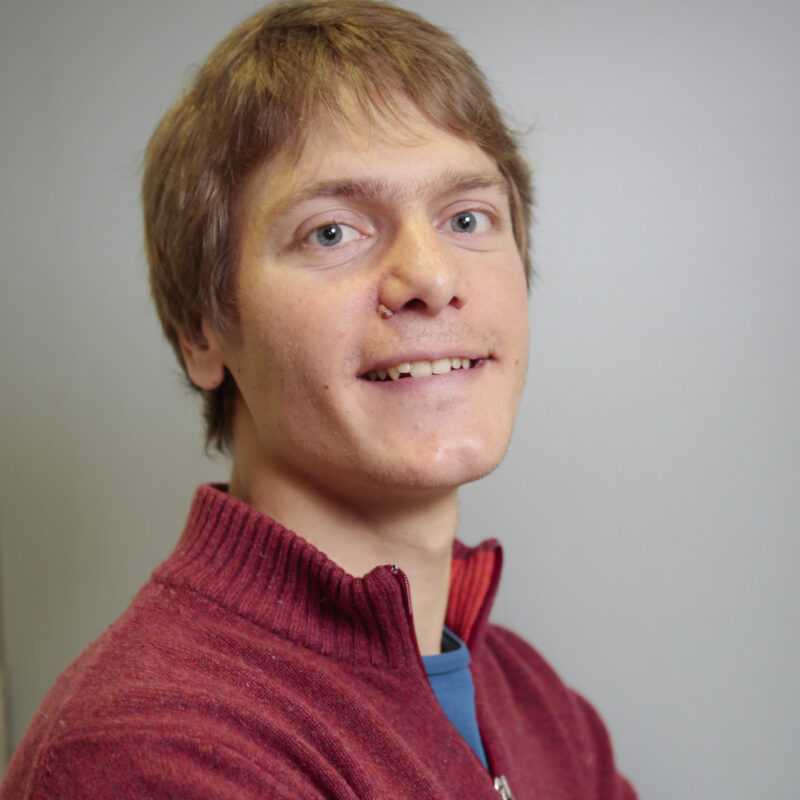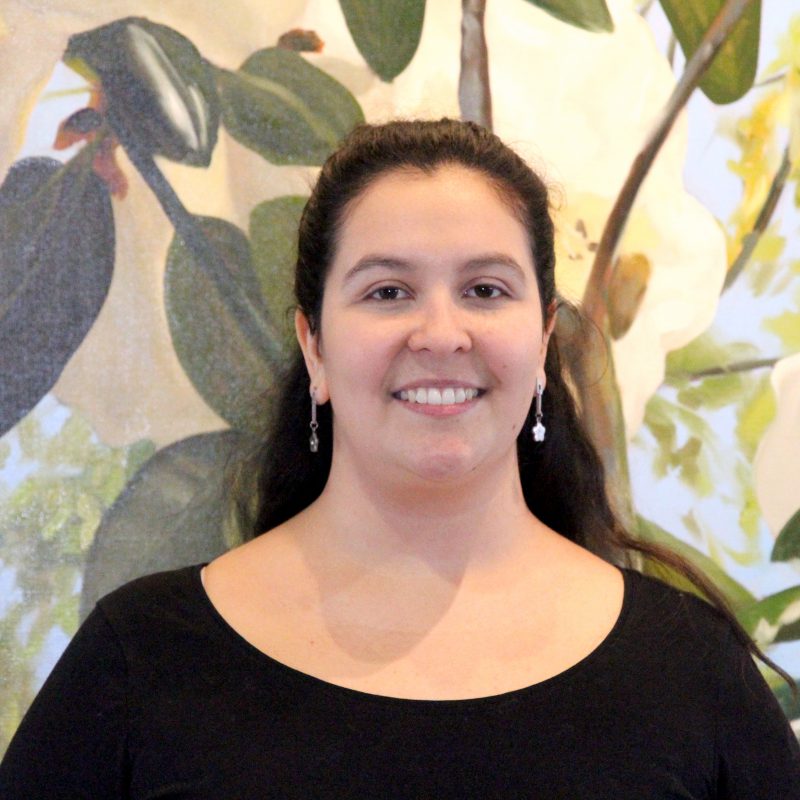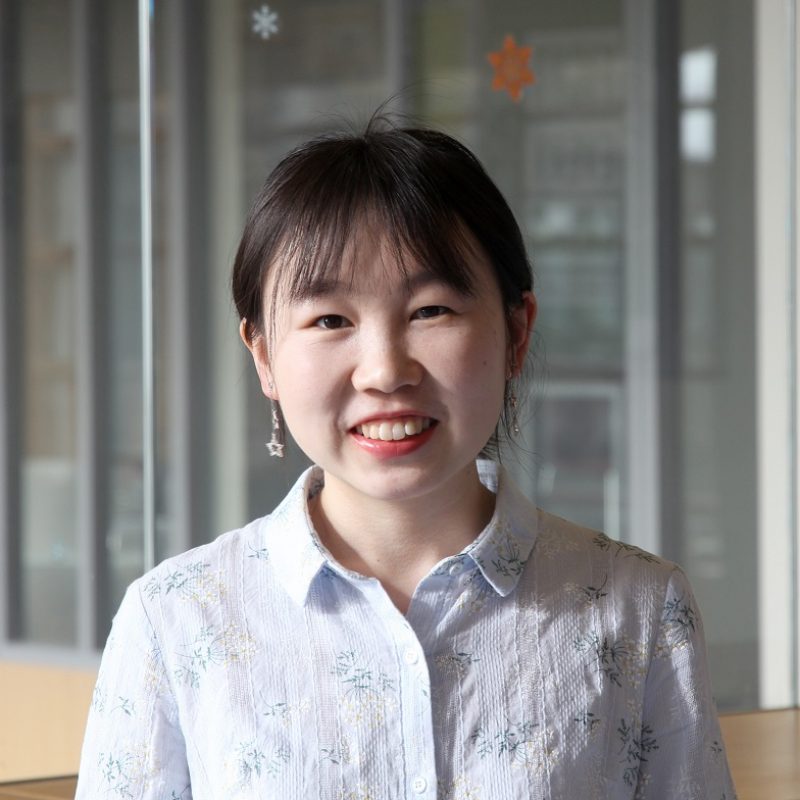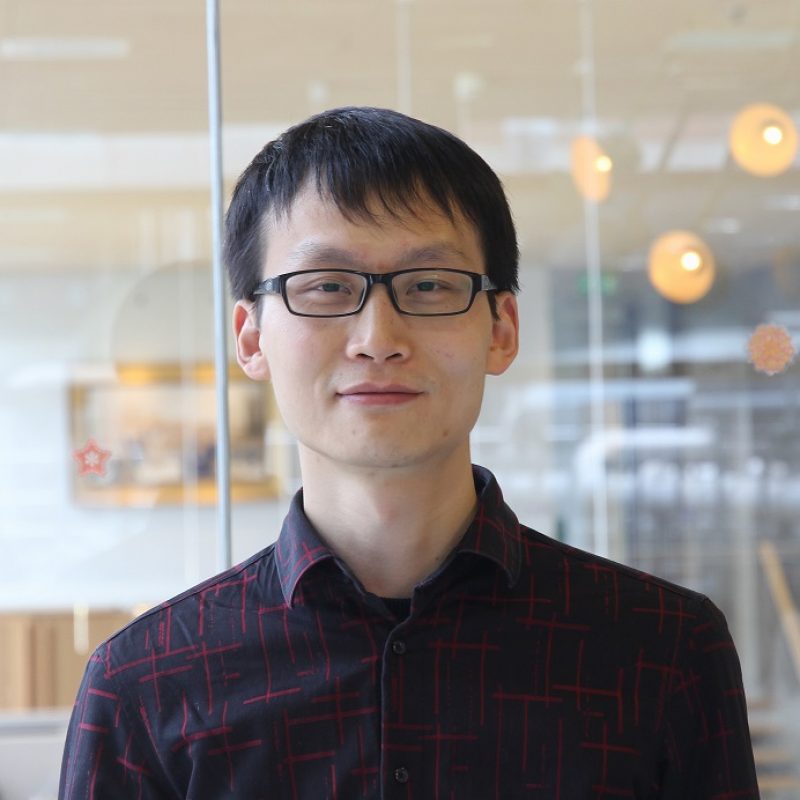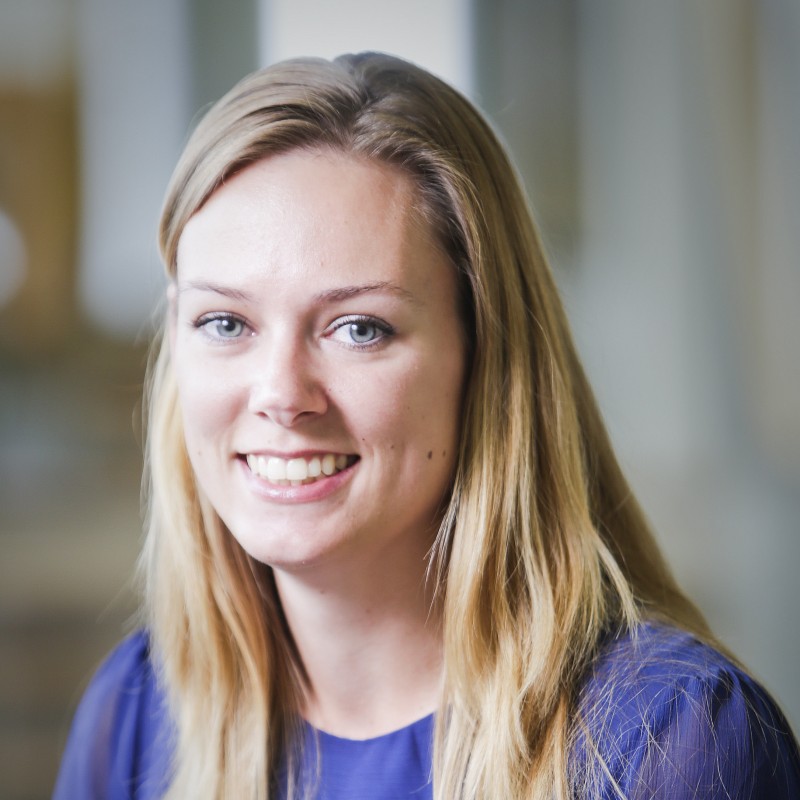-
Yao Y, Fekete-Szücs E, Rosas Bringas FR, and Chang M. (2023) Deletion of MEC1 suppresses the replicative senescence of the cdc13-2 mutant in Saccharomyces cerevisiae. G3: Genes, Genomes, Genetics
-
Morita A, Nusantara AC, Mzyk A, Perona Martinez FP, Hamoh T, Damle VG, van der Laan KJ, Sigaeva, A, Vedelaar T, Chang M, Chipaux M, and Schirhagl R. (2023) Detecting the metabolism of individual yeast mutant strain cells when aged, stressed or treated with antioxidants with diamond magnetometry. Nano Today.
-
Stinus S, Rosas Bringas FR, Wanders L and Chang M. (2022) Investigating the role of G-quadruplexes at Saccharomyces cerevisiae telomeres. Microbial Cell.
-
Rosas Bringas FR, Stinus S, de Zoeten P, Cohn, M and Chang M. (2022) Rif2 protects Rap1-depleted telomeres from MRX-mediated degradation in Saccharomyces cerevisiae. eLife.
-
Novarina D, Rosas Bringas F.R, Rosas Bringas OG, and Chang M. (2022) High-throughput replica-pinning approach to screen for yeast genes controlling low-frequency events. STAR Protocols.
-
Novarina D, Desai R, Vaisica JA, Ou J, Bellaoui M, Brown GW and Chang M. (2020) A Genome-Wide Screen for Genes Affecting Spontaneous Direct-Repeat Recombination in Saccharomyces cerevisiae. G3: Genes/Genomes/Genetics
-
Novarina D, Janssens GE, Bokern K, Schut T, van Oerle NC, Kazemier HG, Veenhoff LM,
Chang M (2020) A genome-wide screen identifies genes that suppress the accumulation of spontaneous mutations in young and aged yeast cells. Ageing Cell.
-
van Mourik PM, de Jong J, Sharma S, Kavšek A, Chabes A and Chang M (2018) Upregulation of dNTP Levels After Telomerase Inactivation Influences Telomerase-Independent Telomere Maintenance Pathway Choice in Saccharomyces cerevisiae. G3: Genes/Genomics/Genetics.
-
Carmona-Gutierrez D, Bauer MA, Zimmermann A, Aguilera A, Austriaco N, Ayscough K, Balzan R, Bar-Nun S, Barrientos A, Belenky P, Blondel M, Braun RJ, Breitenbach M, Burhans WC, Büttner S, Cavalieri D, Chang M, Cooper KF, Côrte-Real M, Costa V, Cullin C, Dawes I, Dengjel J, Dickman MB, Eisenberg T, Fahrenkrog B, Fasel N, Fröhlich KU, Gargouri L, Giannattasio S, Goffrini P, Gourlay CW, Grant CM, Greenwood MT, Guaragnella N, Heger T, Heinisch J, Herker E, Herrmann JM, Hofer S, Jiménez-Ruiz A, Jungwirth H, Kainz K, Kontoyiannis DP, Ludovico P, Manon S, Martegani E, Mazzoni C, Megeney LA, Meisinger C, Nielsen J, Nyström T, Osiewacz HD, Outeiro TF, Park HO, Pendl T, Petranovic D, Picot S, Polčic P, Powers T, Ramsdale M, Rinnerthaler M, Rockenfeller P, Ruckenstuhl C, Schaffrath R, Segovia M, Severin FF, Sharon A, Sigrist SJ, Sommer-Ruck C, Sousa MJ, Johan M. Thevelein JM, Thevissen K, Titorenko V, Toledano MB, Tuite M, Vögtle FN, Westermann B, Winderickx J, Wissing S, Wölfl S, Zhang ZJ, Zhao RY, Zhou B, Galluzzi L, Kroemer G, Madeo F (2018) Guidelines and recommendations on yeast cell death nomenclature. Microbial Cell.
-
Claussin C, Porubský D, Spierings DCJ, Halsema N, Rentas S, Guryev V, Lansdorp PM, and Chang M. (2017) Genome-wide mapping of sister chromatid exchange events in single yeast cells using Strand-seq. Elife.
-
Stinus S, Paeschke K, Chang M (2017)Telomerase regulation by the Pif1 helicase: a length-dependent effect? Current Genetics.
-
Strecker J, Stinus S, Caballero MP, Szilard RK, Chang M, Durocher D (2017) A sharp Pif1-dependent threshold separates DNA double-strand breaks from critically short telomeres. Elife.
-
Hemelaar SR, van der Laan KJ, Hinterding SR, Koot MV, Ellermann E, Perona-Martinez FP, Roig D, Hommelet S, Novarina D, Takahashi H, Chang M, and Schirhagl R. (2017) Generally Applicable Transformation Protocols for Fluorescent Nanodiamond Internalization into Cells. Scientific Reports.
-
Cabrera M, Novarina D, Rempel IL, Veenhoff LM, and Chang M. (2017) A simple microfluidic platform to study age-dependent protein abundance and localization changes in Saccharomyces cerevisiae. Microbial Cell.
-
Novarina D, Mavrova SN, Janssens GE, Rempel IL, Veenhoff LM, Chang M. (2017) Increased genome instability is not accompanied by sensitivity to DNA damaging agents in aged yeast cells. DNA repair.
-
Claussin C, Chang M. (2016) Multiple Rad52-mediated homology-directed repair mechanisms are required to prevent telomere attrition-induced senescence in Saccharomyces cerevisiae. PLoS Genetics.
-
van Mourik PM, de Jong J, Agpalo D, Claussin C, Rothstein R, and Chang M. (2016) Recombination-mediated telomere maintenance in Saccharomyces cerevisiae is not dependent on the Shu complex. PLOS ONE.
-
Claussin C, Chang M. (2015) The many facets of homologous recombination at telomeres. Microbial Cell.
-
Gupta A, Sharma S, Reichenbach P, Marjavaara L, Nilsson AK, Lingner J, Chabes A, Rothstein R, Chang M. (2013) Telomere length homeostasis responds to changes in intracellular dNTP pools. Genetics.
-
Poschke H, Dees M, Chang M, Amberkar S, Kaderali L, Rothstein R, Luke B. (2012) Rif2 promotes a telomere fold-back structure through Rpd3L recruitment in budding yeast. PLoS Genetics.
-
Chang M. (2012) Long telomeres: too much of a good thing. Biomolecular Concepts.
-
Chang M, Rothstein R. (2011) Rif1/2 and Tel1 function in separate pathways during replicative senescence. Cell Cycle.
-
Chang M, Dittmar JC, Rothstein R. (2011) Long Telomeres are Preferentially Extended During Recombination-Mediated Telomere Maintenance. Nature Structural & Molecular Biology.
-
Chang M, Luke B, Kraft C, Li Z, Peter M, Lingner J, Rothstein R. (2009) Telomerase is essential to alleviate pif1-induced replication stress at telomeres. Genetics.
-
Chang M, Lingner J. (2008) Tel2 finally tells one story. Science.
-
Chang M, Arneric M, Lingner J. (2007) Telomerase repeat addition processivity is increased at critically short telomeres in a Tel1-dependent manner in Saccharomyces cerevisiae. Genes & Development.
-
Wu L, Bachrati CZ, Ou J, Xu C, Yin J, Chang M, Wang W, Li L, Brown GW, Hickson ID. (2006) BLAP75/RMI1 promotes the BLM-dependent dissolution of homologous recombination intermediates. PNAS.
-
Chang M, Parsons AB, Sheikh BH, Boone C, Brown GW. (2006) Genomic approaches for identifying DNA damage response pathways in S. cerevisiae. Methods in Enzymology.
-
Chang M, Bellaoui M, Zhang C, Desai R, Morozov P, Delgado-Cruzata L, Rothstein R, Freyer GA, Boone C, Brown GW. (2005) RMI1/NCE4, a suppressor of genome instability, encodes a member of the RecQ helicase/Topo III complex. the EMBO Journal.
-
Suter B, Tong A, Chang M, Yu L, Brown GW, Boone C, Rine J. (2004) The origin recognition complex links replication, sister chromatid cohesion and transcriptional silencing in Saccharomyces cerevisiae. Genetics.
-
Tong AH, et al. (2004) Global mapping of the yeast genetic interaction network. Science.
-
Mayer ML, Pot I, Chang M, Xu H, Aneliunas V, Kwok T, Newitt R, Aebersold R, Boone C, Brown GW, Hieter P. (2004) Identification of protein complexes required for efficient sister chromatid cohesion. Molecular Biology of the Cell.
-
Mohammed Bellaoui, Michael Chang, Jiongwen Ou, Hong Xu, Charles Boone, Grant W. Brown. (2003) Elg1 forms an alternative RFC complex important for DNA replication and genome integrity. The EMBO journal.
-
Chang M, Bellaoui M, Boone C, Brown GW. (2002) A genome-wide screen for methyl methanesulfonate-sensitive mutants reveals genes required for S phase progression in the presence of DNA damage. PNAS.
-
Baetz K, Moffat J, Haynes J, Chang M, Andrews B. (2001) Transcriptional coregulation by the cell integrity mitogen-activated protein kinase Slt2 and the cell cycle regulator Swi4. Molecular and cellular biology.

